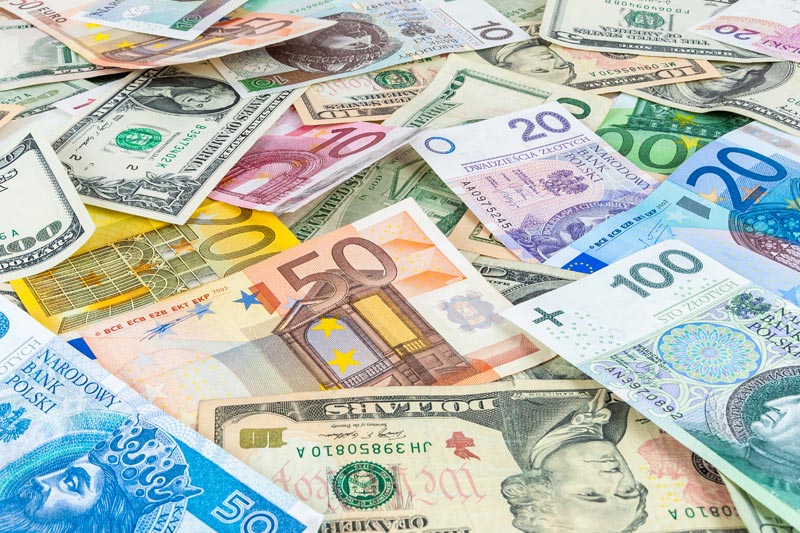Investing.com - The Australian dollar traded modestly lower against its U.S. rival during Friday’s Asian following monetary policy meetings by the Bank of England and the European Central Bank Thursday.
In Asian trading Friday, AUD/USD inched down 0.01% to 0.9145. The pair was likely to find support at 0.9038, Wednesday's low and a three-year low and resistance at 0.9250, the high of July 2.
On Thursday, the pair traded slightly higher after official data earlier showed that building approvals in Australia dropped 1.1% in May, less than the expected 1.5% decline, after a 9.5% increase the previous month.
EUR/AUD fell 0.08% to 1.4110 after European Central Bank President Mario said that the central bank’s monetary policy will “remain accommodative as long as needed”.
He added that rates will stay low for an “extended period of time.” Draghi’s comments came after the ECB held its benchmark interest rate at a record low 0.50% in July, in line with expectations. Goldman Sachs said the ECB "is more likely than not to ease further from here."
GBP/AUD dropped 0.16% to 1.6456 after the Bank of England left its benchmark interest rate unchanged at 0.5% on Thursday and said economic data over the past few months was consistent with the recovery set out by the bank in its May inflation report, but warned that the "significant upward movement" in bond yields would weigh on the outlook for growth.
“In the Committee’s view, the implied rise in the expected future path of Bank Rate was not warranted by the recent developments in the domestic economy”, the BoE said.
Traders are turning their attention to the June non-farm payroll report from the U.S. Labor Department due out later Friday. A strong report could signal the Federal Reserve has room to begin winding down its USD85 billion-a-month quantitative easing program, news that would almost certainly weigh on the already vulnerable Aussie.
In Asian trading Friday, AUD/USD inched down 0.01% to 0.9145. The pair was likely to find support at 0.9038, Wednesday's low and a three-year low and resistance at 0.9250, the high of July 2.
On Thursday, the pair traded slightly higher after official data earlier showed that building approvals in Australia dropped 1.1% in May, less than the expected 1.5% decline, after a 9.5% increase the previous month.
EUR/AUD fell 0.08% to 1.4110 after European Central Bank President Mario said that the central bank’s monetary policy will “remain accommodative as long as needed”.
He added that rates will stay low for an “extended period of time.” Draghi’s comments came after the ECB held its benchmark interest rate at a record low 0.50% in July, in line with expectations. Goldman Sachs said the ECB "is more likely than not to ease further from here."
GBP/AUD dropped 0.16% to 1.6456 after the Bank of England left its benchmark interest rate unchanged at 0.5% on Thursday and said economic data over the past few months was consistent with the recovery set out by the bank in its May inflation report, but warned that the "significant upward movement" in bond yields would weigh on the outlook for growth.
“In the Committee’s view, the implied rise in the expected future path of Bank Rate was not warranted by the recent developments in the domestic economy”, the BoE said.
Traders are turning their attention to the June non-farm payroll report from the U.S. Labor Department due out later Friday. A strong report could signal the Federal Reserve has room to begin winding down its USD85 billion-a-month quantitative easing program, news that would almost certainly weigh on the already vulnerable Aussie.
